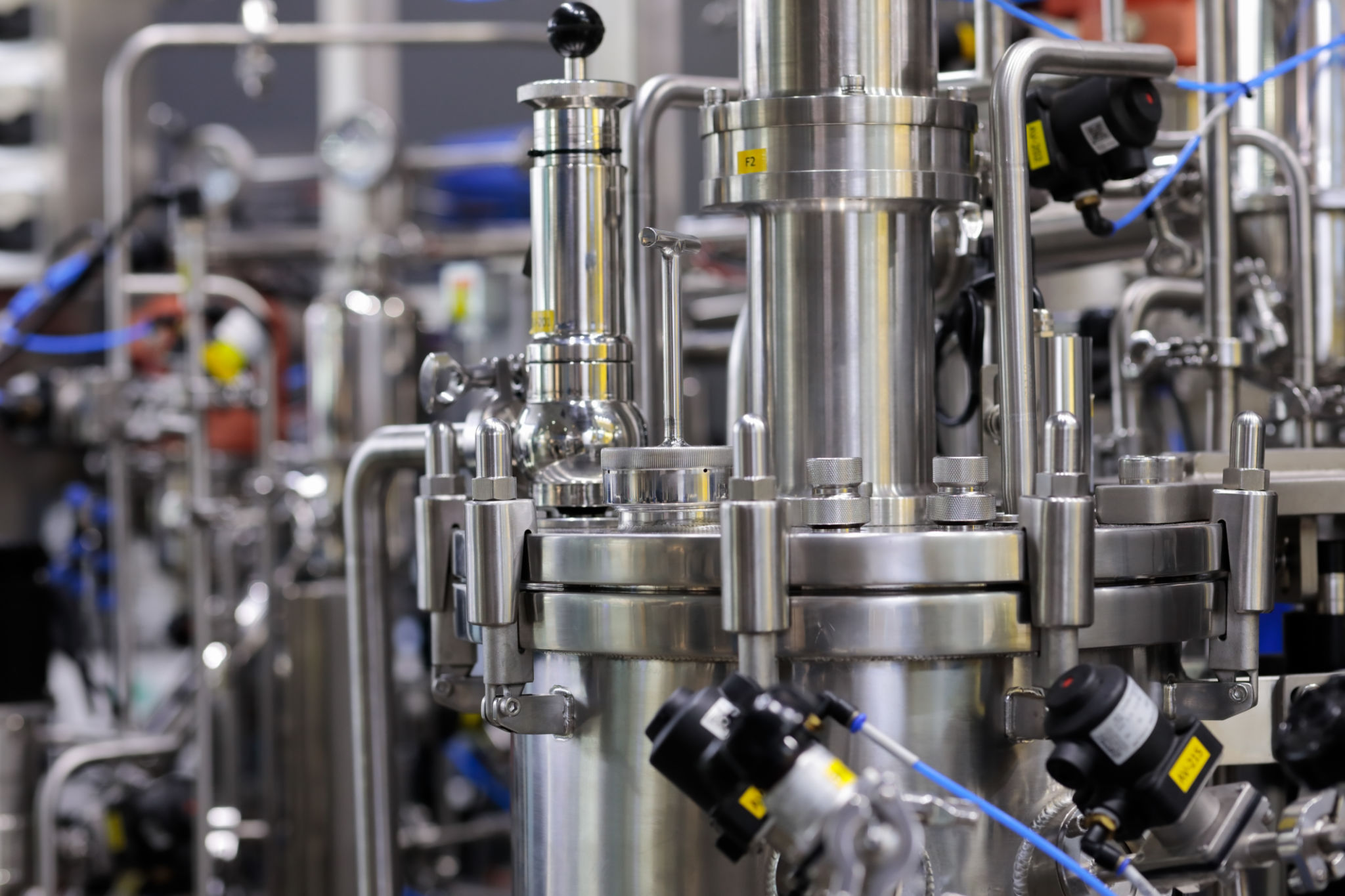Expert Insights: Navigating the Future of HPP in the Food Industry
Understanding High Pressure Processing (HPP)
The food industry is constantly evolving, seeking innovative methods to ensure safety, quality, and shelf life of products. One such groundbreaking technology is High Pressure Processing (HPP). This non-thermal pasteurization technique utilizes extreme pressure to eliminate pathogens and extend the freshness of food without the need for heat. As consumer demand for clean-label products grows, HPP is becoming a vital player in the market.
HPP works by subjecting food to pressures up to 600 MPa, effectively inactivating bacteria, viruses, molds, and yeasts. Importantly, it preserves the sensory and nutritional qualities of food, offering a significant advantage over traditional thermal methods. As more manufacturers adopt HPP, understanding its future implications is critical for staying competitive.

The Benefits of HPP
One of the key benefits of HPP is its ability to extend shelf life while maintaining product quality. This not only reduces food waste but also allows for broader distribution opportunities. By eliminating the need for preservatives, HPP aligns with the growing trend towards natural and organic foods, appealing to health-conscious consumers.
Additionally, HPP is versatile and can be applied to a wide range of products, from juices and ready-to-eat meals to seafood and meats. This adaptability makes it an attractive option for producers looking to diversify their offerings without compromising on safety or quality.

Challenges in Adopting HPP
Despite its advantages, implementing HPP poses certain challenges. The initial investment in equipment can be substantial, which may be daunting for smaller businesses. Furthermore, understanding the intricacies of the process and ensuring consistent results requires expertise and training.
Regulatory compliance also plays a significant role in the adoption of HPP. Manufacturers must navigate food safety regulations and ensure that their processes meet industry standards. This requires ongoing collaboration with regulatory bodies and investment in research and development.

The Future of HPP in the Food Industry
Looking ahead, the future of HPP appears promising. As technology advances, costs are expected to decrease, making it more accessible to a wider range of businesses. Innovations in equipment design and process efficiency are likely to enhance its appeal further.
The growing consumer demand for transparency and sustainability will continue to drive interest in HPP. As more consumers seek products that are both safe and environmentally friendly, manufacturers leveraging HPP will be well-positioned to meet these expectations.

Expert Insights on Navigating HPP
Industry experts suggest that staying informed about technological advancements and market trends is crucial for successfully navigating the future of HPP. Engaging in industry conferences and collaborating with research institutions can provide valuable insights into new developments and best practices.
Ultimately, embracing HPP requires a strategic approach that balances innovation with practicality. By investing in education and training, businesses can harness the full potential of this technology to deliver safe, high-quality products that resonate with modern consumers.